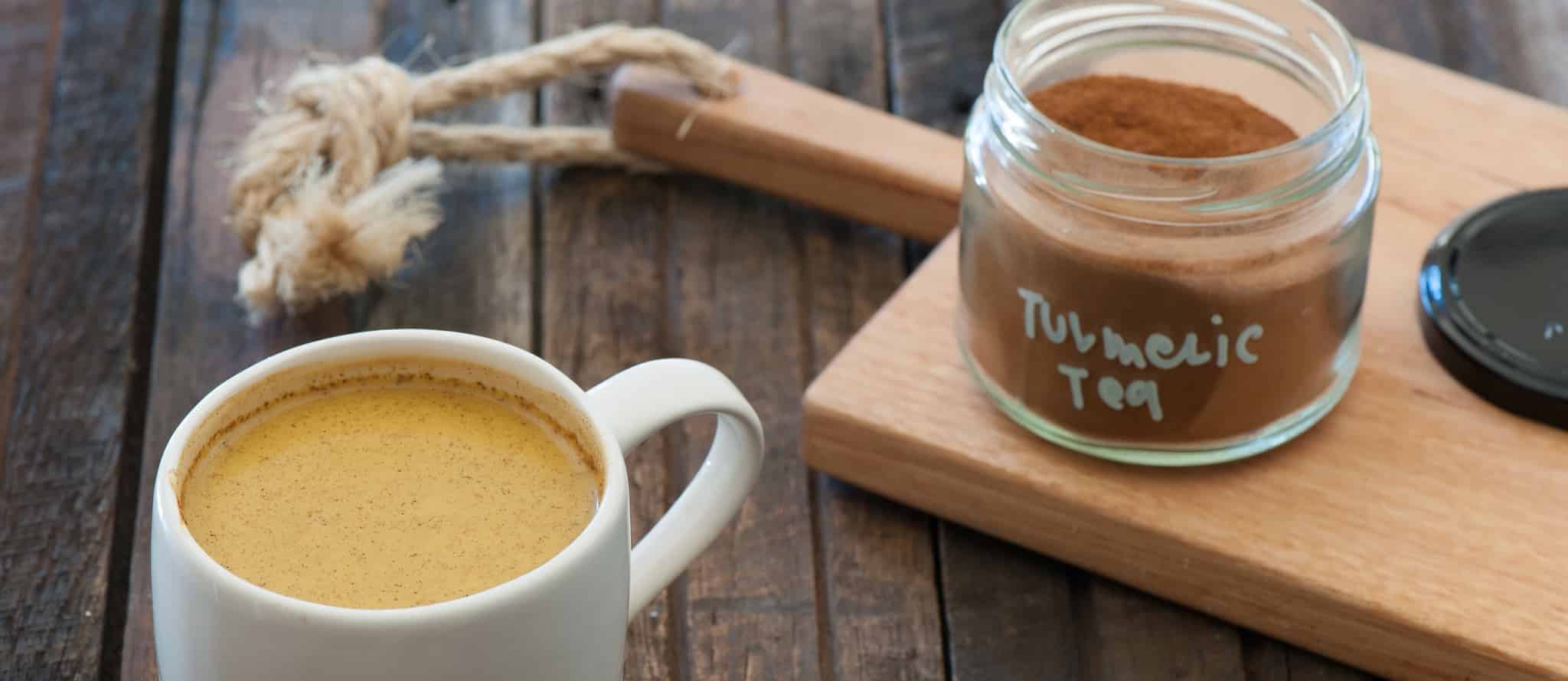Since ancient times, Mother Nature has been a fertile source for drugs used to treat human diseases. One such remedy is the spice turmeric, specifically known for its naturally-yellow compound, curcumin, which has been used for at least 2,500 years. In light of the long and established experience with curcumin as a foodstuff and safe, low-cost, effective medicine, the spice is moving rapidly from the kitchen shelf toward the clinic.
Curcumin has shown some promising effects against a wide range of diseases, so well in fact that curcumin appears to possess all the desirable features of a designed-from-scratch, multipurpose drug.
If it’s so safe and effective, why aren’t more studies being done? Part of the delay is attributable to a U.S. patent, granted in 1995 to researchers at the University of Mississippi Medical Center, for curcumin’s wound-healing properties, which prevented its development as a therapeutic. In a landmark case, highlighted in my video, Plants as Intellectual Property: Patently Wrong?, the Indian Council of Scientific and Industrial Research spent years arguing and finally proved that curcumin has been part of the Indian traditional system of medicine for centuries and so should be considered part of the public domain. It’s like patenting broccoli. The patent was finally over-turned in 1997, a triumph for those trying to stop the misappropriation of traditional knowledge by multinational corporations. But if no one profits, who’s going to pay for research?
Given that public knowledge does not involve any intellectual property, drug companies are not interested in its commercialization. You can buy turmeric in any grocery store for pennies a dose. “Unless there is intellectual property to make money, nobody will come forward,” said a leading turmeric researcher.
Then how is any research being funded? Although curcumin itself is no longer patentable, derivatives, formulations, delivery systems, and synthetic methods can be. So, if you take some turmeric molecule and tweak it a little bit, you can patent it for your investors. Unless phytonutrients can be converted into new chemical entities for which more specific medical claims are possible, the development of these plants seems unlikely. Sure, they’re extensively exploited as active ingredients of innumerable products on ill-regulated food supplement markets, but apart from this, progress through clinical trials remains sluggish. “Such waste of resources on the way of transformation from renewable materials to high tech/high value products … is deplorable,” drug research scientists write.
So maybe it would be good if Frito-Lay did own the patent to broccoli. There’s a reason we don’t see Super Bowl ads for vegetables.
This reminds me of my video The Lie That Heals: Should Doctors Give Placebos? I went into the topic thinking one thing, but realized that there are strong arguments to be made on both sides.
Turmeric is pretty amazing stuff. Even if we won’t hear about most of the research because companies can’t patent it, we can educate ourselves:
- Which Spices Fight Inflammation?
- Turmeric Curcumin and Rheumatoid Arthritis
- Turmeric Curcumin and Osteoarthritis
- Boosting the Bioavailability of Curcumin
- Who Shouldn’t Consume Curcumin or Turmeric?
- Back to Our Roots: Curry and Cancer
- Carcinogenic Blocking Effects of Turmeric
- Turmeric Curcumin Reprogramming Cancer Cell Death
The concept that the curcumin in turmeric is able to target multiple diseases pathways simultaneously is explored further in my video, Magic Bullets vs. Promiscuous Plants.
In health,
Michael Greger, M.D.
PS: If you haven’t yet, you can subscribe to my videos for free by clicking here and watch my full 2012 – 2015 presentations Uprooting the Leading Causes of Death, More than an Apple a Day, From Table to Able, and Food as Medicine.
